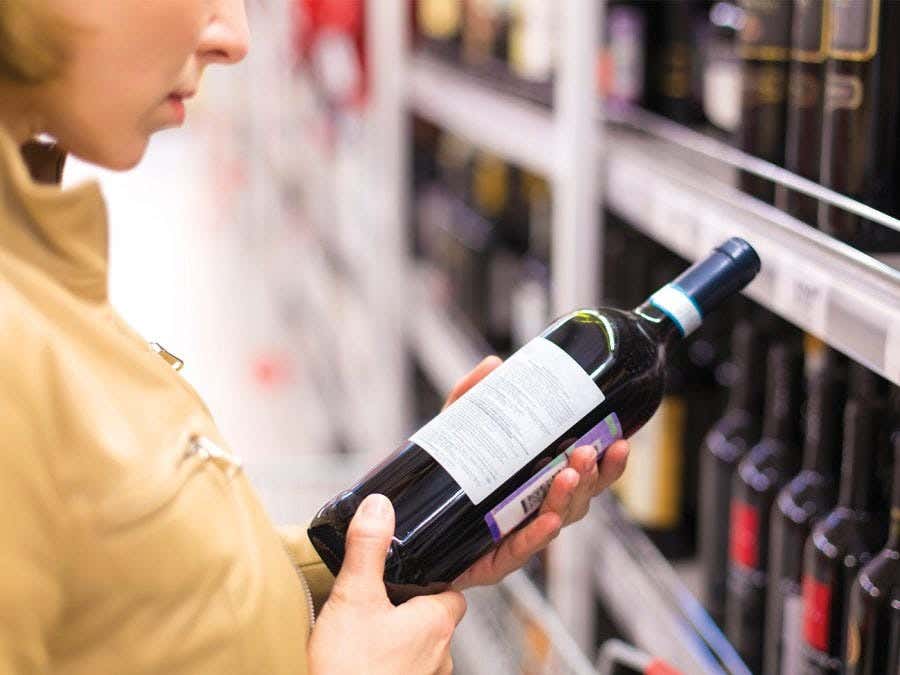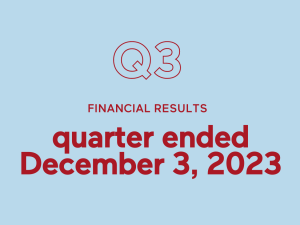“What’s in a label? Decoding wine labels.”
Our expert replies
It may be visually striking or an old favourite; regardless of how they look, wine labels have a lot of useful information to help guide your selection. Read on to discover what your bottle’s trying to tell you.
- Vintage: harvest year
- Country of origin
- Producer / Bottler: who produced the wine
- Winery name: Château, Domaine, Estate, Mas, Clos; this isn’t required information, and is generally reserved for wines with a geographical indication.
- Alcohol by volume (ABV): expressed in percentage (%) of total volume; the higher it is, the more robust the wine.
- Volume: generally, 750 mL
- Classification: corresponds to product origin. This might be a generalized area without a geographical indication (Vin de France), a specific production area (AOC Bordeaux, PGI Quebec Wine) or from a specific vintage or winery (Chablis 1er cru Vaillons, Bolgheri-Sassicaia).
- Variety: must be at least 85 percent of the stated variety, and when two or more varieties are indicated (as in wine blends), the wine must contain 100 percent of stated grape varieties.
- Allergen warning: most often, the note is “contains sulfites,” but a note about the use of dairy products or crustaceans (used in the fining process) may also appear.
- The label on the back may also contain additional information: growing conditions (organic, biodynamic, sustainable certifications) wine ageing specifications, wine-food pairing suggestions, suggested serving temperature, medals or prizes awarded, or estate history
Follow us on Facebook to share, like and comment. Ask questions and discover even more inspiring ideas
What advice would you like to get? Curious about food-wine pairings, cocktails, wine or taste tags? Ask away! Our specialists will answer anything!
 Free in-store delivery with purchases of $75+ in an estimated 3 to 5 business days.
Free in-store delivery with purchases of $75+ in an estimated 3 to 5 business days.










